Why do top ten players enter smaller tournaments? Our preview specialist Aaron Wong explains.
Photos: Badmintonphoto
If I had a dollar for every time somebody said the downgrade of the Australian Badminton Open’s prize money to Grand Prix Gold-equivalent status meant nobody famous or even the best will turn up, I could buy a top end racquet.
The correlation isn’t quite that straightforward. It’s only true up to a point.
Marketing angle
You can weave the obvious thread that three previous Australian champions, former world #1s no less, from the inaugural Superseries have entered again this year but that would ignore the zeitgeist of its mint BWF World Tour Super 300 designation.
The withdrawal of recent Commonwealth Games gold medallist Saina Nehwal on the eve of the tournament put paid to that marketing angle.
Still, there are many other notable players and close battles to be had. In fact, there was also a brand new world #1 but while China’s Huang Dongping – who made an unmissable impression as an unknown 18-year-old the last time this event was a Grand Prix Gold – is out, #1s from longer ago are still in the running and such scenarios are one of the pleasures once again.
At the time of the draw, the distinguished cast count sat at 16 Superseries winners plus two runners-up, 41 Grand Prix Gold winners, and 7 top ten players.
Nehwal’s departure hasn’t affected the latter number. Her absence is felt mainly because the Indian star has become hugely popular in Australia as a two-time champion. Even if you had no idea who she was nor find the style of play appealing, her on-court determination was undeniably charismatic.
Pair up!
This year doubles comes into the limelight. The starriest category is the men’s, care of the sixth seeds made up of one half of last year’s runners-up Tan Boon Heong and another podium summit-hogger Yoo Yeon Seong (pictured). However, mixed doubles supplies the broadly toughest competition.
At the New Zealand Open over the weekend, two men were in the running for the doubles double up until the semi-final. Former World Junior Champion in both mixed and men’s He Jiting, seeded fourth, who was stopped short in the semi-final, has a better chance in Sydney as his Taiwanese nemesis isn’t making the trip across the ocean. A Tan Boon Heong / Yoo Yeon Seong and He Jiting / Tan Qiang encounter would make a delicious semi-final.
He Jiting’s mixed partner Du Yue (pictured top) also holds in her destiny a very real opportunity to claim a doubles double. A double doubles doubles, now wouldn’t that be something!
I could even say there’s a double double doubles double race on as Korea’s world #6 Seo Seung Jae barely made it off the reserve men’s doubles list with Choi Sol Gyu, with whom he shone in Gold Coast last May. Seo also remains a distinct threat in the mixed with Chae Yu Jung and they have adjacent seeds Gloria Emanuelle Widjaja / Hafiz Faisal of Indonesia as likely quarter-final opponents. Anyway, competent as she is, Chae has a relatively stiffer test to survive her second round women’s doubles against Due Yue / Li Yinhui.
2014 champion Kim Ha Na’s chances with Choi Sol Gyu are difficult to fathom based on a sample of one match in New Zealand but that’s probably the point of the experiment. In the past year, Kim Ha Na (pictured right) has previously instantly meshed with Kong Hee Yong in women’s doubles, reached a Superseries semi-final with Kim Duk Young in mixed on their second outing, and in less than a year reached the top ten with Seo Seung Jae. Even if this partnership doesn’t bear fruit her intelligent intra-match skills would expose gaping holes in opponents for those interested in appreciating what a mature mixed doubles temperament looks like.
Women’s doubles – Early matches of interest:
Likely R16: Chae Yu Jung / Kim Hye Jeong vs. Du Yue / Li Yinhui
Men’s doubles – Early matches of interest:
Rd 1: Sabar Karyaman Gutama / Frengky Wijaya Putra (INA) vs. Tan Boon Heong (MAS) / Yoo Yeon Seong (KOR)[6]
Rd 1: Akbar Bintang Cahyono / Moh Reza Pahlevi Isfahani (INA) vs. Keiichiro Matsui / Yoshinori Takeuchi (JPN)
Mixed doubles – Early matches of interest:
Rd 1: Cao Tong Wei / Ou Xuanyi (CHN) vs. Debby Susanto / Ricky Karanda Suwardi (INA)
Rd 1: Annisa Saufika / Ronald (INA) vs. Kim Ha Na / Choi So Gyu (KOR)[5]
Rd 1: Pham Nhu Thao / Do Tuan Duc (VIE) vs. Du Yue / He Jiting (CHN)[2]
AUS vs NZ
What’s interesting about the Australian Open this year is that tournament the week before it doesn’t have carbon copy personnel. Spectators in New Zealand were treated to a Lin Dan and Jonatan Christie men’s singles final and Taiwan’s Wang Chi-Lin scooping the doubles double with Chen Hung Ling and Lee Chia Hsin.
Instead, the Australian gets Yoo/Tan, mixed doubles world #9 Shevon Jemie Lai / Goh Soon Huat as top seeds, and Canada’s Michelle Li (pictured below) is surely the favourite in women’s singles. You could say New Zealand’s Lin Dan coup was preferable but for the players, especially those with significant contingents, it turns out they are not cannibalising each other’s chances at a boost in confidence.
On a minor note, men’s singles offers a chance to three who’ve become World Junior Champions to see whether they can surpass experienced campaigners from India at every turn. The path to the final for Singapore Superseries champion Sai Praneeth (pictured right) contains 2017 New Zealand champion Lee Cheuk Yiu (pictured bottom) of Hong Kong. His is still a better draw than any of the seeds in the top half given their plebeian threats are the likes of Sony Dwi Kuncoro and Liew Daren whereas Sai gets to deal with unsung compatriots if at all.
Women’s singles – Early matches of interest:
Rd 1: Pattarasuda Chaiwan (THA) vs. Zhang Yiman (CHN)
Likely Rd 1: Kim Ga Eun (KOR) vs. Sabrina Jacquet (SUI)
Rd 1: Han Yue (CHN) vs. Michelle Li (CAN)[2]
Men’s singles – Early matches of interest:
Qualification: Kunlavut Vitidsarn (THA) vs. Riichi Takeshita (JPN)
Qualification: Kan Chao Yu (TPE) vs. Sun Feixiang (CHN)
Rd 1: Takuma Ueda (JPN) vs. Sourabh Verma (IND)
Rd 1: Chong Wei Feng (MAS) vs. Koki Watanabe (JPN)
The second wave
The mention of powerhouse badminton nations is steadily becoming obsolete until the topic of regeneration is raised. Some people enjoy making throwaway remarks such as “they don’t make men’s pairs like Fu Haifeng / Cai Yun any more”. Jonathan Christie’s runner-up status to Lin Dan prompted YouTube comments about Indonesian men’s singles now being weak.
The second wave plans of the former powerhouse nations like China and Korea are more in full view but all countries have to address the succession planning topic so Sydney finds its tournament welcoming large contingents of second wave players from Japan, Thailand and India too, just with less fanfare. The seemingly endless Indonesian factory of men’s doubles pairs are also on parade.
Confidence requires constant care
As long as there are Grand Prix Gold equivalent tournaments there will be pesky top ten or former top ten players in the fold which also means the opportunity to topple them.
In doubles, the pairing decision might come from the top down but the process of becoming a complete player necessarily means you need to be able to apply yourself to both yin and yang roles. Partnering somebody new or younger, the same age, or older all explore different partnership and communication skills.
Interestingly, Korean mixed pairs are adept at taking a shared approach to making the play. There is no clear overall captain. Watch and learn from their big mix and matched side.
For any badminton international, choosing one’s tournament schedule is on one level about maintaining the buoyancy of confidence. Confidence helps with maintaining rhythm in the match, it is the unseen factor that players constantly measure and adjust as much as the finesse on their net-shots, if not more because the former feeds the latter.
That’s why winning a title is an incredible boost. In sport, the cart can come before the horse. The psychological win can be the spark plug for reaching the next level.
One fundamental outlook separates spectators from sportsmen. Competitive people are naturally competitive no matter the occasion, and this requires cultivating. To gain a maturity, they must not be afraid to win as well as not be afraid to lose. Never is that more true than in the sport of badminton where deuce is the tensest and most tiring two points, or even no deuce in the experimental 11-point games. Summoning the courage to act or rebalance your emotions swiftly separates Olympic or World Championship silver from gold – just ask P. V. Sindhu or Lee Chong Wei.
Athletes only gain the courage to seize the day from putting themselves in this vulnerable position over and over.
![AUSTRALIAN OPEN 2018 Preview – Redoubtable double doubles double Why do top ten players enter smaller tournaments? Our preview specialist Aaron Wong explains. Photos: Badmintonphoto If I had a dollar for every time somebody said the downgrade of the […]](http://www.badzine.net/wp-content/uploads/ngg_featured/20180202_1845_IndiaOpen2018_MIK_4322_rotator.jpg)
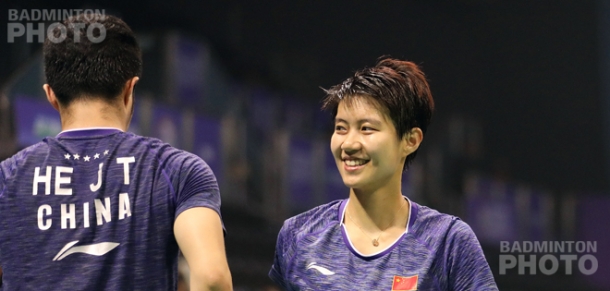
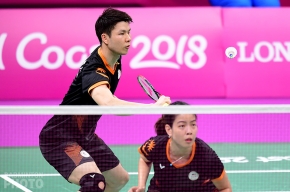
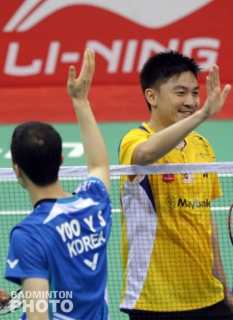

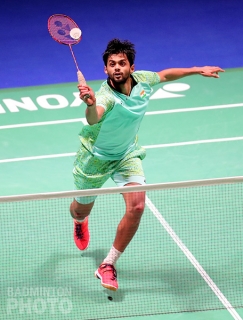
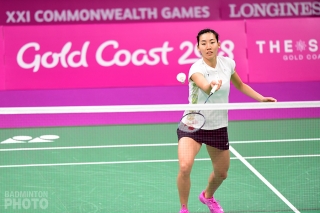
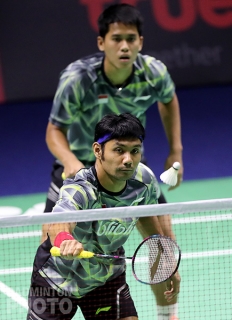
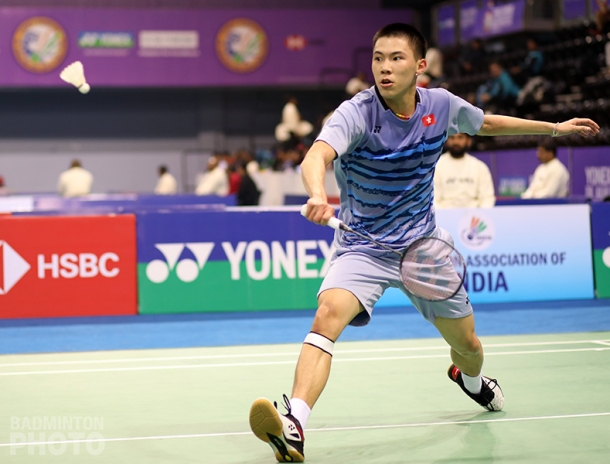

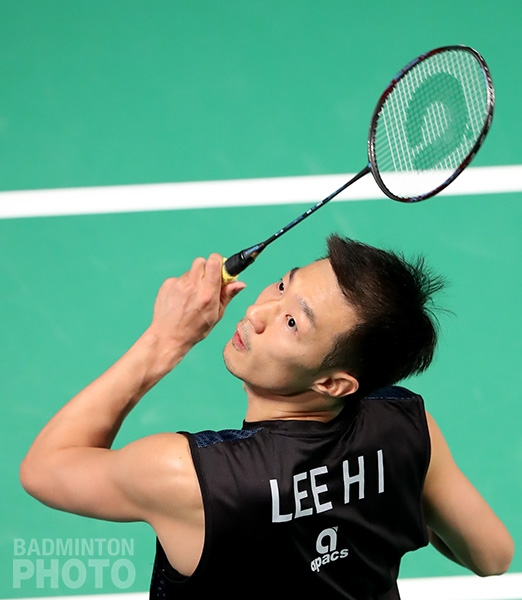
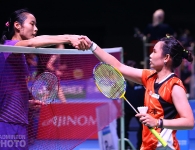
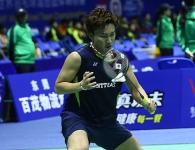
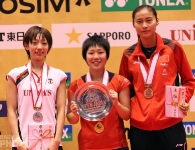
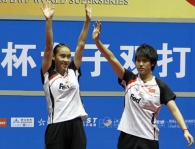
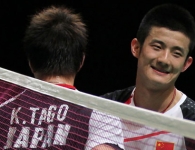
Leave a Reply